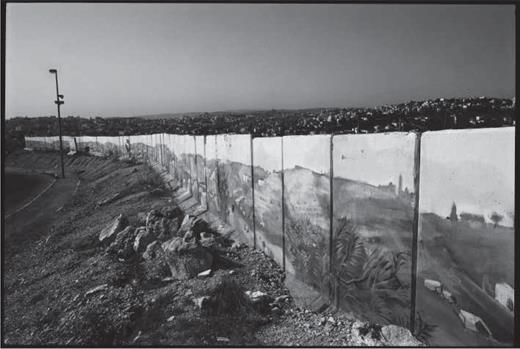Escape the Landscape
Landscape—as a genre, medium, or form of representation, as uncultivated or cultivated, formed or farmed, or seen or shaped land—is the product of many contradictions. In politico-economic terms, landscape has to do with the necessity of preserving humankind’s relation to its environment (and the semi-fantastic origin of what today we call “nature”) and with an urge (or ploy) to conceal certain injustices, such as the appropriation of land and of agricultural rural labor. In terms of power, governance, and governmentality, landscape has served many masters with seemingly opposite ideological agendas, including both colonialism (the expansion and control of land beyond … Read more








